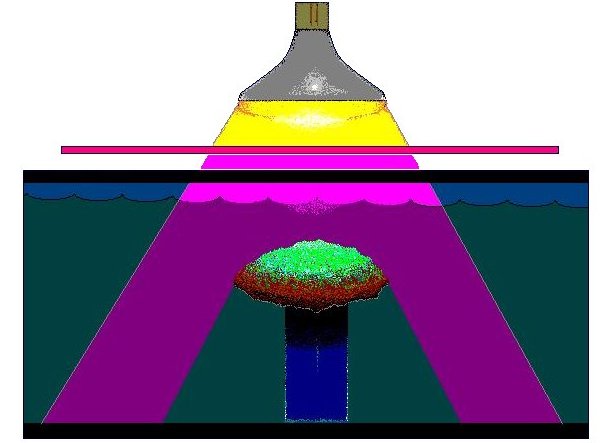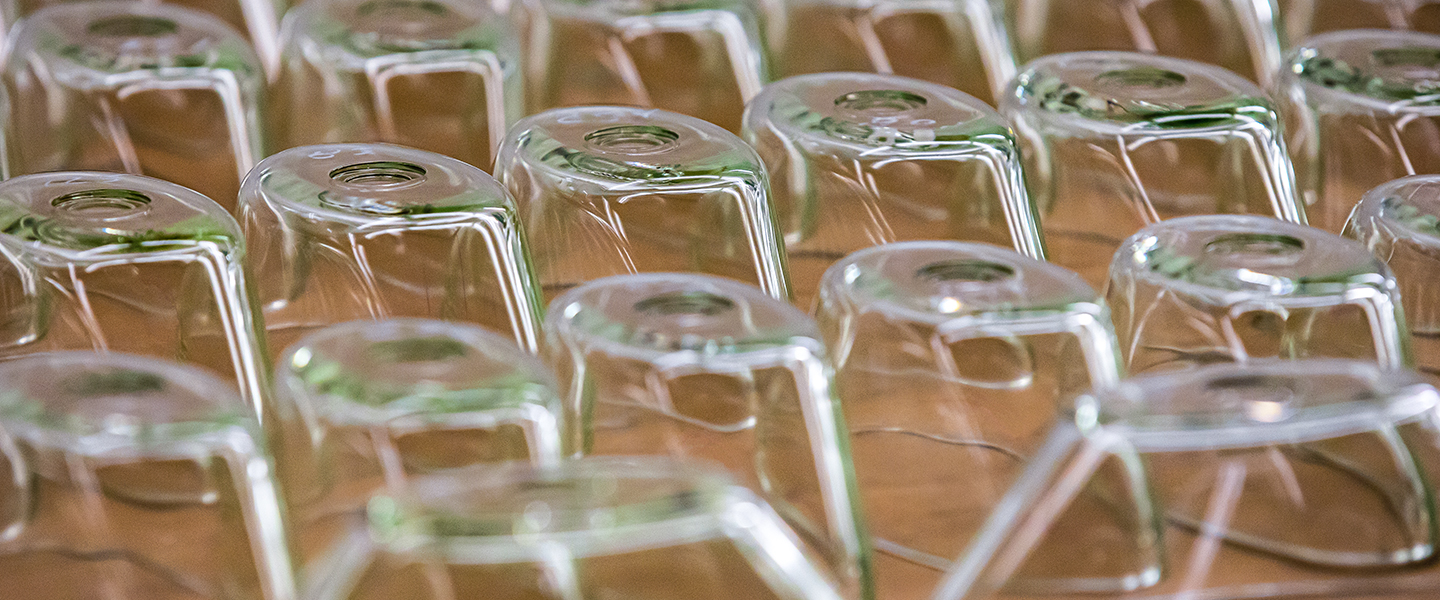- Joined
- Jun 7, 2020
- Messages
- 176
- Reaction score
- 165
I was looking at the new iCon for a build, I see the 380 nm LEDs are missing compared to the V4.
By comparing the spectrum of the ReefLED, Photo and V4, the 380nm was what attracted me in the V4 light - it was the only one with LEDs below 410-420 nm.
I have 2 ReefLeds on my current tank, they work great! The thing is that I bought a UV light from Amazon, 380nm, really makes the corals pop!!!
What's your experience? The pop at 380 nm seems amazing! I looked at a chart with coral pigments and emissivity, and it seems there are quite a few that emit visual wavelengths when excited by UV light in the 380nm range.
Thoughts?
By comparing the spectrum of the ReefLED, Photo and V4, the 380nm was what attracted me in the V4 light - it was the only one with LEDs below 410-420 nm.
I have 2 ReefLeds on my current tank, they work great! The thing is that I bought a UV light from Amazon, 380nm, really makes the corals pop!!!
What's your experience? The pop at 380 nm seems amazing! I looked at a chart with coral pigments and emissivity, and it seems there are quite a few that emit visual wavelengths when excited by UV light in the 380nm range.
Thoughts?




















